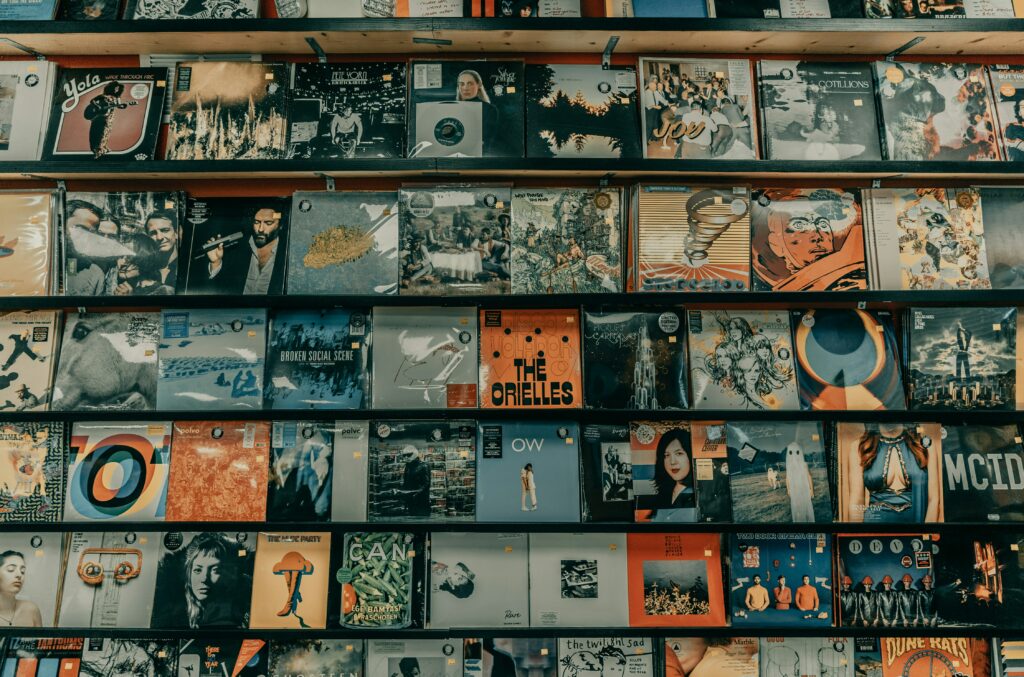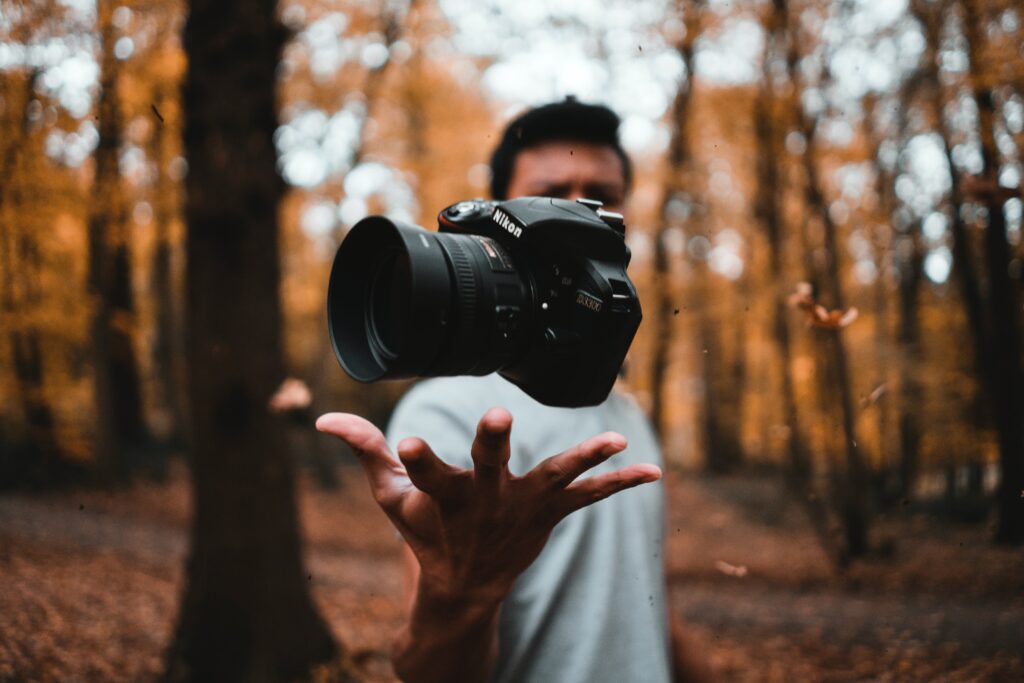Production designers play a critical role in bringing the story to life on screen. They must create a believable and functional world that helps to transport the viewer into the story. The production designer has the daunting task and responsibility for everything from set design and prop placement to costumes and makeup. But with experience and skill, a production designer can help to create an unforgettable cinematic experience.

Finding the Perfect Location
It is the production designer’s job to find set locations that will best serve the story being told. Finding places that fit the production’s specific needs is often difficult. For example, if a scene calls for a large house with a big backyard, the designer may search through dozens of properties before finding the perfect one.
Planning for Weather
Another part of choosing a location is considering the time of year and weather conditions present during filming. If a scene calls for a sunny day, but the area is prone to rain, the designer may have to make adjustments to ensure that the scene can still be filmed as intended. If you’re working on a Christmas movie that has a horrible snowstorm in its plot, you’re probably looking for locations closer to Vancouver, BC, than in Miami, FL.
Planning the Logistics
Shooting on location can bring its own set of challenges, as the designer must take into account the logistics of the shoot. For example, if a scene is being shot in a busy city street, the designer must ensure enough production vehicles and crew members to make the shoot smoothly without being caught on camera.
Making the Most of the Set
Once the perfect location has been found, the production designer’s job is to ensure that the set is used to its full potential. This often means removing or re-arranging furniture, adding or removing walls, and even painting the walls to change the look and feel of a space. Sometimes, the designer may have to build an entirely new set from scratch.
Setting the Mood
The production designer is also responsible for creating the right mood for each scene. Light, colour, and props often achieve the right ambiance for a film.
For example, a romantic scene between two characters is more believable in a room with soft lighting, a comfy couch with throw pillows, warm candles, and romantic colours. In contrast, a fight scene is more effective in a dimly lit room with harsh shadows and hard surfaces.
Illusion of Space
In many cases, the sets built for movies and TV shows are not as large as they appear on the screen. Production designers often use a forced perspective technique to create the illusion of space. Forced perspective is when different-sized objects are used in the same scene to make it appear as though they are further away or closer than they are.
For example, in the movie “Harry Potter and the Goblet of Fire,” the Great Hall is only about 60 feet long. However, the production designer made it appear much longer on screen by using forced perspective. By doing so, they could create a grand and impressive set without building an actual hall that size.
Bringing the Character to Life
A production designer’s job is not only to create sets and choose furniture but also to bring the characters to life through wardrobe, hair, and makeup.
Creating a Character’s Look
The look of a character is often just as important as the actor playing them. A well-designed costume can help an actor get into character and understand their role better. It can also convey the character’s information to the audience.
In the show “Mad Men,” the characters wear a lot of suits and dresses from the 1960s. Without these period-appropriate costumes, it would be difficult to believe that the characters lived in that period.
Similarly, Elton John is instantly recognizable by his iconic sunglasses, flashy sequined jackets, and over-the-top hats. This outrageous style helps convey his personality and makes him more memorable to audiences. While filming tour scenes for the biopic, the production designer works hard to recreate this look in every city they visit.
Working with the Other Departments
A production designer does not work in a vacuum. Expert designers know they must closely collaborate with several other departments to ensure that the film or show comes together as intended.
Art Department
The art department is responsible for creating and finding all the set pieces and furniture used on the set. This includes everything from tables and chairs to rugs and curtains. The production designer often has a specific vision for the scene, and it is the art department’s job to make that vision a reality.
The art director is the head of the art department. They work closely with the production designer to ensure that all of the elements of the set fit together harmoniously.
The set decorator is another vital member of the art department. They are responsible for choosing and placing all the small details in the set, such as knick-knacks and picture frames.
Lighting Department
The lighting department is responsible for, you guessed it, lighting the set. They work closely with the production designer to ensure that the lighting is appropriate for each scene.
For example, a romantic scene between two characters is more believable in a room with soft lighting, candles, and romantic colours, while a fight scene is more effective in a dimly lit room with harsh shadows.
The gaffer is the head of the lighting department. They are responsible for setting up all the lights and electrical equipment. The best boy is the gaffer’s assistant.
Final Thoughts
Production designer is a highly creative and vital role in the film and television industry. They are responsible for creating the sets, costumes, and looking for characters to transport the audience into another time or place. Without their contributions, our favourite movies and TV shows would be dull.




